Home Crypto Power Guide
How To Setup a Crypto Mine at Home
High-Density, High-Current Rack PDUs for Crypto Mining
How to Mine at Home
Residential Mining Guide
Welcome to the Ultimate Residential Crypto Power Guide. Though most of the products we manufacture are for large scale professional mines, we do have a line of products meant for the home miner. Home mining can be a confusing and a sometimes complicated process. We have built this guide so you figure out exactly what you can and sometimes more importantly, not do to have a successful residential mining operation.
Mining at your home can pose significant challenges, especially when faced with the high current demands of new generation miners. There are still ways to do it, but the number of miners you will be able to power is limited. Raptor manufactures a full line to PDUs, the Crypto Slayer 3.0, purpose-built for residential crypto mining. The below guide will instruct you on which voltage configurations and outlets you can use to mine and which ones you can't. It will also outline the two methods of powering your miners, outlets or wiring directly to your breaker panel.
Residential Voltages
Before we dig into the methods of powering your new generation miners, lets first cover the three types of voltages that are typically available in a residential environment and if they are suitable for mining or not.
120V Single Phase
This is the most common voltage in North America. Unfortunately, you can not mine with this voltage. All new generation miners run at 208V or 240V.
208V Single phase
This is a common garage voltage, typically used for some heavy-duty appliances and power tools. You can crypto mine with 208V.
240V Single Phase
This is a common heavy duty appliance voltage, especially dryers and ovens. You can crypto mine with 240V, but it is important to note that this voltage has a neutral line, this wire is not to be connected when mining. Only connect the 2 hot lines and the ground.
Residential Outlets
Below find the most common residential outlets and if you can use them to mine or not.
Out of all of the outlets shown in the above chart, only few are suitable for mining.
Outlets That Can Be Used For Mining
6-20R & L6-20R
A 6-20R or its locking version, the L6-20R, can be used for crypto mining.
Voltage: 208V
Phase: Dual Phase
Number of Miners (@ 3500W each): 1
Outlet Current Rating: 20A
Panel Breaker Size: 20A or 30A
PDU Recommendation: Crypto Slayer 2.0 or 3.0
14-20R & L14-20R
A 14-20R or its locking version, the L-14-20R, can be used for crypto mining.
Voltage: 240V
Phase: Dual Phase
Outlet Notes: This outlet has a neutral line, this wire is not to be connected when mining. Only connect the 2 hot lines and the ground.
Number of Miners (@ 3500W each): 1
Outlet Current Rating: 20A
Panel Breaker Size: 20A or 30A
PDU Recommendation: Crypto Slayer 2.0 or 3.0
6-30R & L6-30R
A 6-30R or its locking version, the L6-30R, can be used for crypto mining.
Voltage: 208V
Phase: Dual Phase
Number of Miners (@ 3500W each): 1
Outlet Current Rating: 30A
Panel Breaker Size: 30A or 40A
PDU Recommendation: Crypto Slayer 2.0 or 3.0
14-30R & L14-30R
A 14-30R or its locking version, the L14-30R, can be used for crypto mining.
Voltage: 240V
Phase: Dual Phase
Outlet Notes: This outlet has a neutral line, this wire is not to be connected when mining. Only connect the 2 hot lines and the ground.
Number of Miners (@ 3500W each): 2
Outlet Current Rating: 30A
Panel Breaker Size: 30A or 40A
PDU Recommendation: Crypto Slayer 2.0 or 3.0
6-50R
A 6-50R can be used for crypto mining.
Voltage: 208V
Phase: Dual Phase
Number of Miners (@ 3500W each): 3
Outlet Current Rating: 50A
Panel Breaker Size: 50A or 60A
PDU Recommendation: Crypto Slayer 2.0 or 3.0
14-50R
A 14-50R can be used for crypto mining.
Voltage: 240V
Phase: Dual Phase
Outlet Notes: This outlet has a neutral line, this wire is not to be connected when mining. Only connect the 2 hot lines and the ground.
Number of Miners (@ 3500W each): 3
Outlet Current Rating: 50A
Panel Breaker Size: 50A or 60A
PDU Recommendation: Crypto Slayer 2.0 or 3.0
14-60R
A 14-60R can be used for crypto mining.
Voltage: 240V
Phase: Dual Phase
Outlet Notes: This outlet has a neutral line, this wire is not to be connected when mining. Only connect the 2 hot lines and the ground.
Number of Miners (@ 3500W each): 4
Outlet Current Rating: 60A
Panel Breaker Size: 60A or 80A
PDU Recommendation: Crypto Slayer 2.0 or 3.0
The rest of the outlets on the above chart do not carry the right voltage or can not support the current of a typical ASIC miner.
Powering Miners Directly from a Breaker Panel
Powering your miners directly from an existing outlet can be very limiting. You can only get the current that the outlet is rated for. In a lot of situations, this will only power one, maybe two miners. If you want to get the most of out your mining operation at home, your best bet is to wire a PDU, our Crypto Slayer 3.0, directly to your breaker panel.
Typical residential breaker panels are rated at 200A or 400A. To get the most number of miners out of your electrical service, wire a PDU directly to a 50A, 60A or 80A 2 pole breaker in your panel. A 2 pole breakers means that it covers two slots in your panel. 2 pole breakers are used for 208V and 240V, as they both have two hot lines that need over-current protection. You can not mine with a 1 pole breaker, as this is what is used to protect a 120V circuit, which is not suitable for mining.
Panels have what is called a dead front, which is a flat piece of metal that covers the actual breaker itself and only allows the switch to poke out. Once you have removed this panel you can either add in another circuit breaker (use the same brand and model that are already installed in your panel) or wire out from an existing, unused circuit breaker.
A new generation miner, like an S19 Pro, uses about 3350W each which equals:
3350W at 208V = 16.1 Amps
3350W at 240V = 13.95 amps
So make sure to choose a breaker in your panel that will suffice for the number of miners you will be using.
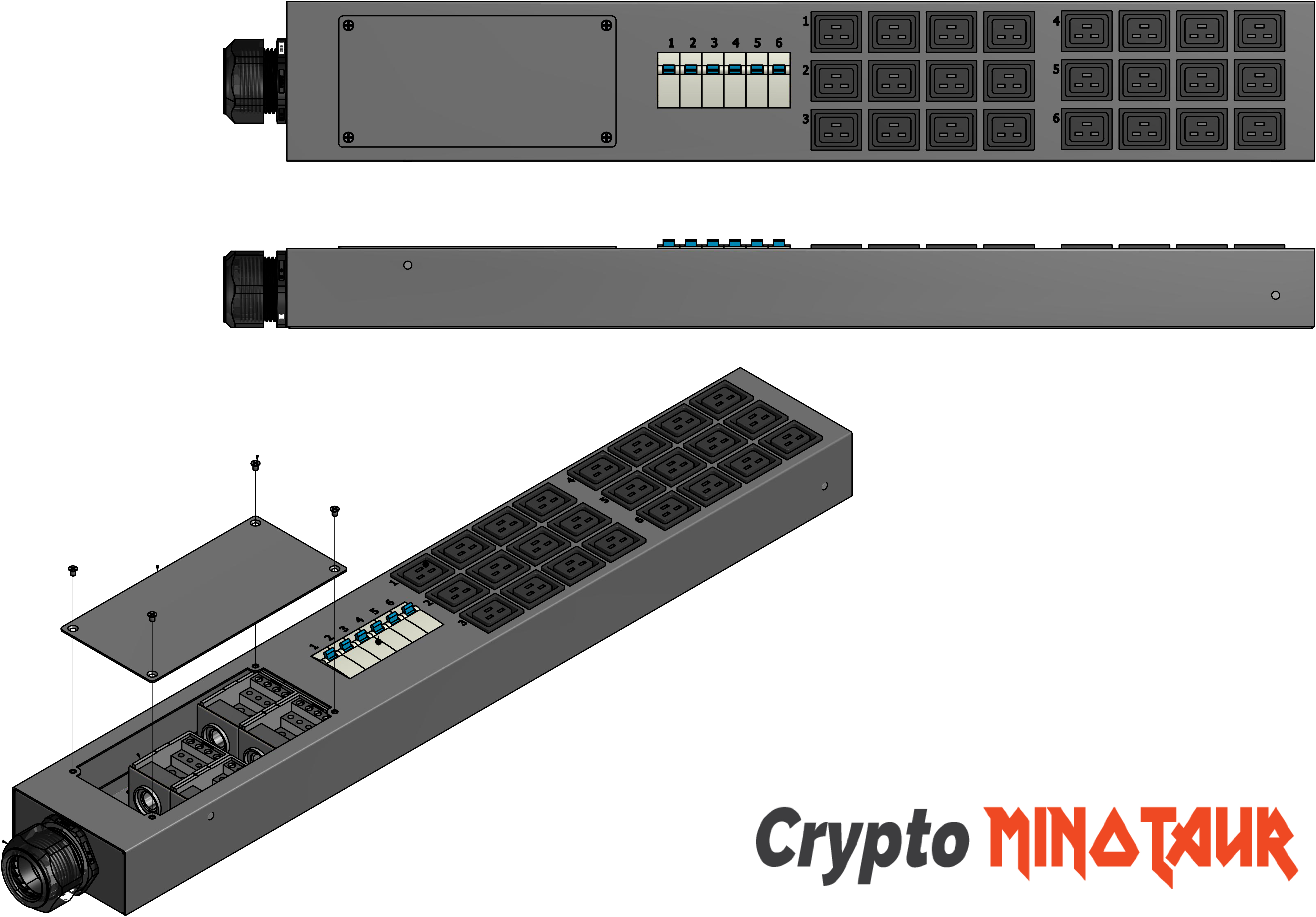
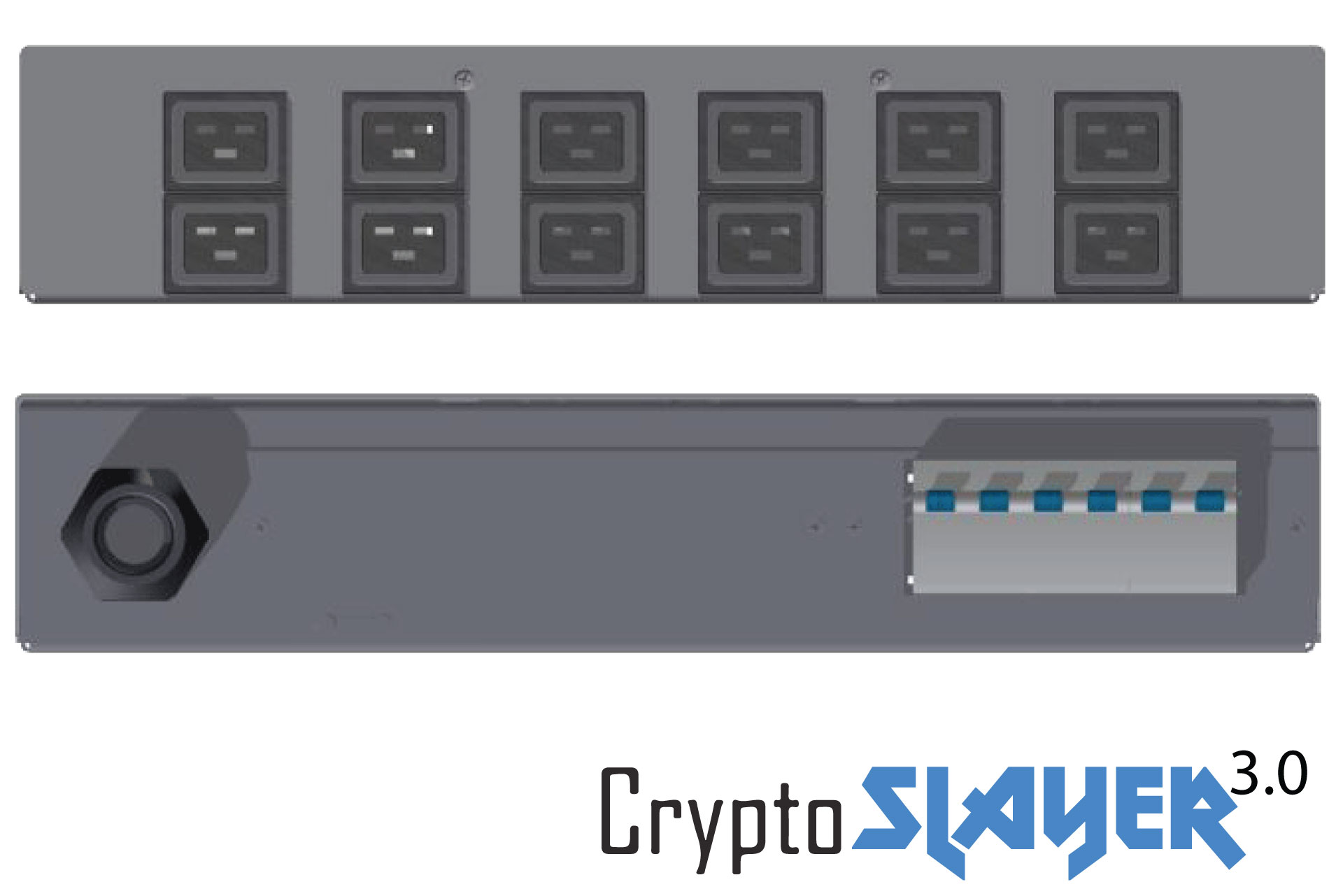
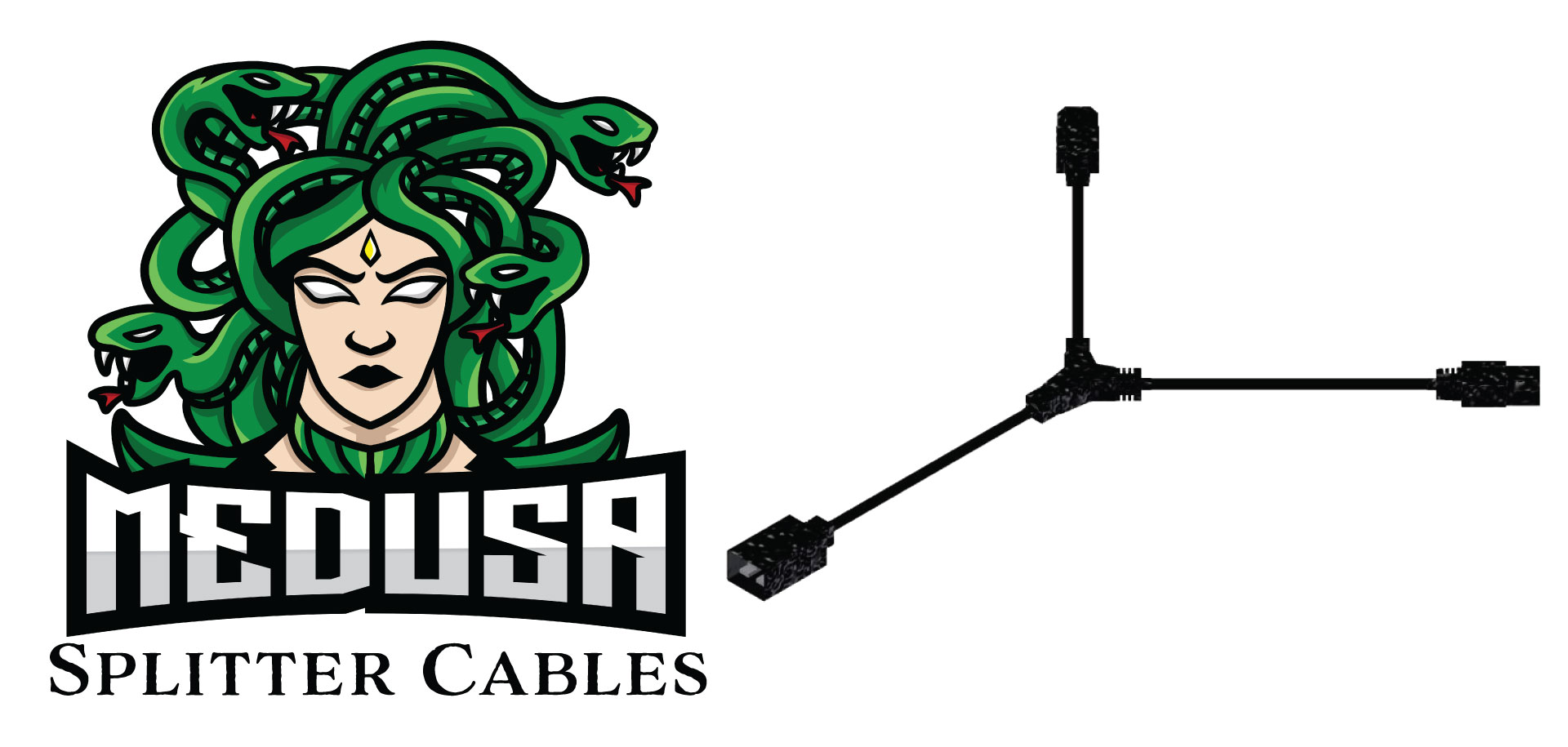

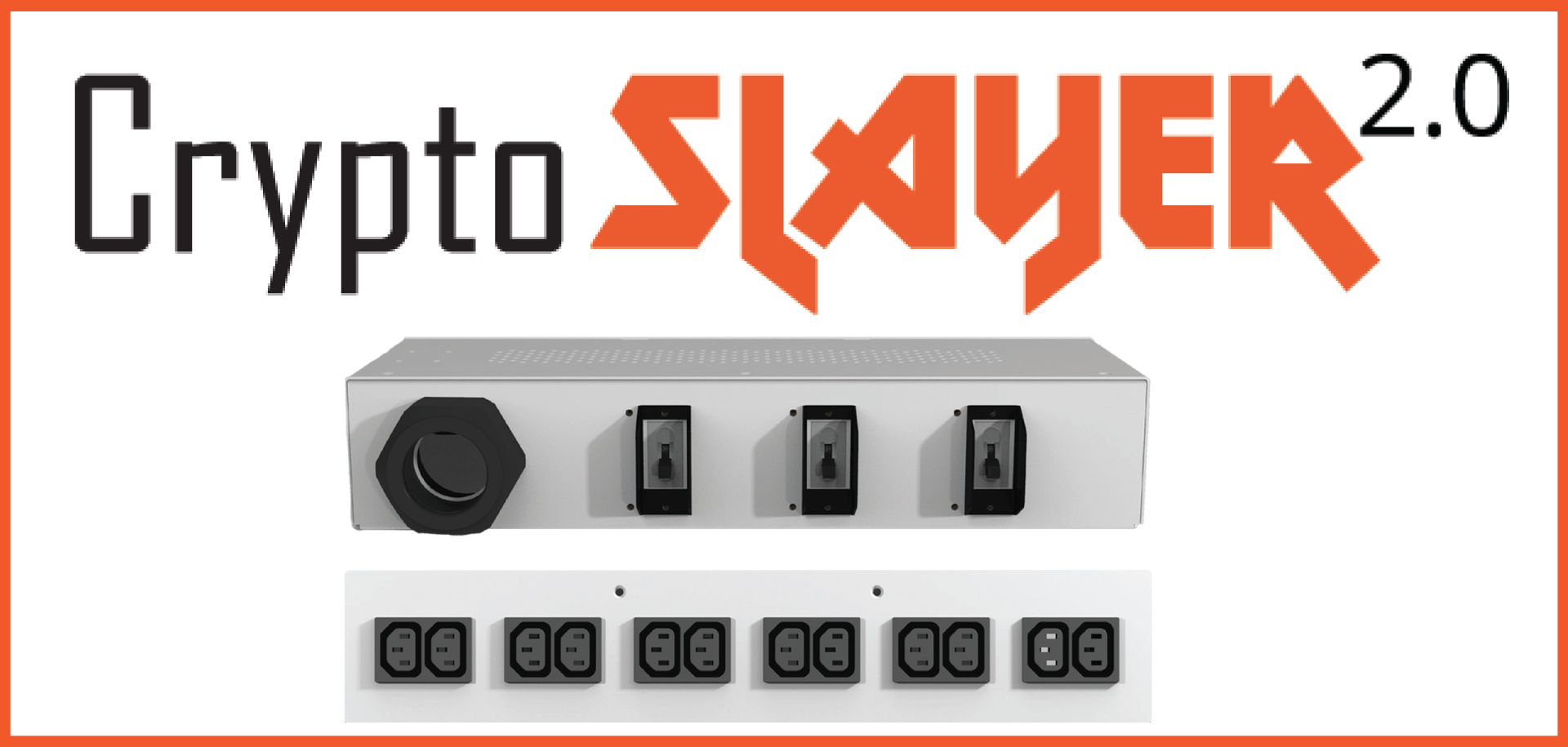

Voltage Compatibility Chart
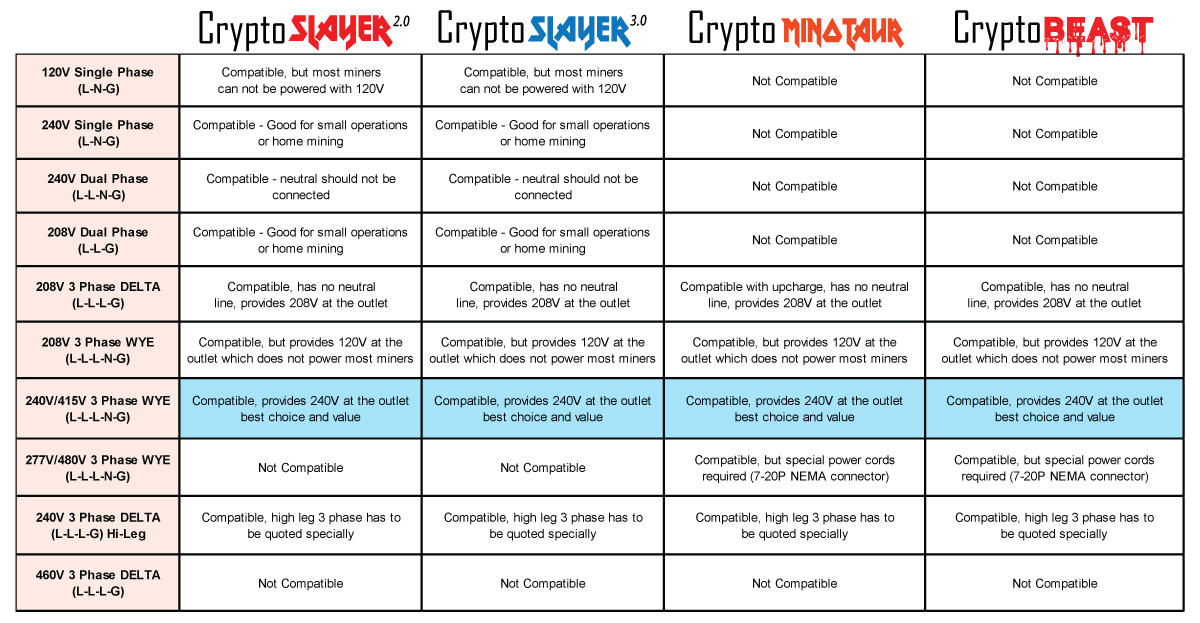
PDU Selection Guide
Miner
Antminer S9
Antminer S17
Antminer S19/S19Pro
Antminer T19
Innosilicon T3+
Canaan A11 Series
MicroBT Whatsminer M30S
MicroBT Whatsminer M30S++
DragonMint T1
Ebit E12
Voltage
208V or 240V
208V or 240V
208V or 240V
208V or 240V
208V or 240V
208V or 240V
208V or 240V
208V or 240V
208V or 240V
208V or 240V
Outlet Type
2 x C-13
2 x C-13
2 x C-13
2 x C-13
1 x C-19
1 x C-19
1 x C-19
1 x C-19
1 x C-13
1 x C-19
Miners per PDU
24* (Minotaur) 12* (Slayer V3)
24* (Minotaur) 12* (Slayer V3)
24* (Minotaur) 12* (Slayer V3)
24* (Minotaur) 12* (Slayer V3)
24 (Minotaur) 12 (Slayer V3)
24 (Minotaur) 12 (Slayer V3)
24 (Minotaur) 12 (Slayer V3)
24 (Minotaur) 12 (Slayer V3)
48 (Beast) 12 (Slayer V2)
24 (Minotaur) 12 (Slayer V3)
Info: It looks like you selected a configuration that won't work with
the Crypto Slayer 3.0. Select a new configuration and try again.
| Part Number: | RPS-PDU-CS3-2 |
| Number of Slayer 3.0: | 4 |
| Feeder Breaker Size: | 150A 2 pole |
| Input Conductor Size: | 2 AWG |
| Number of 3.5kW Miners: | 12 |

